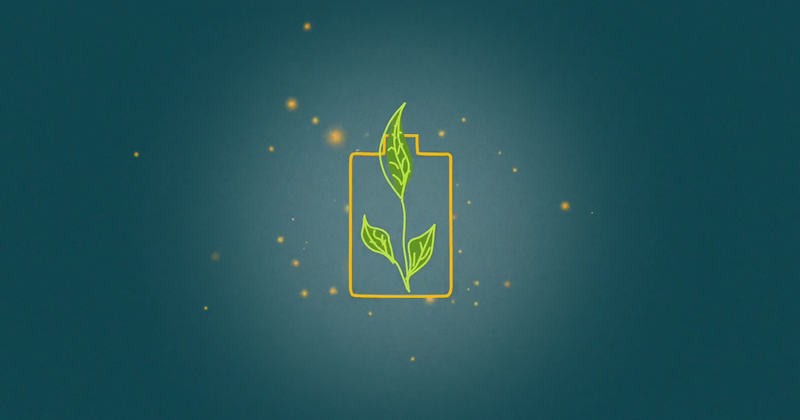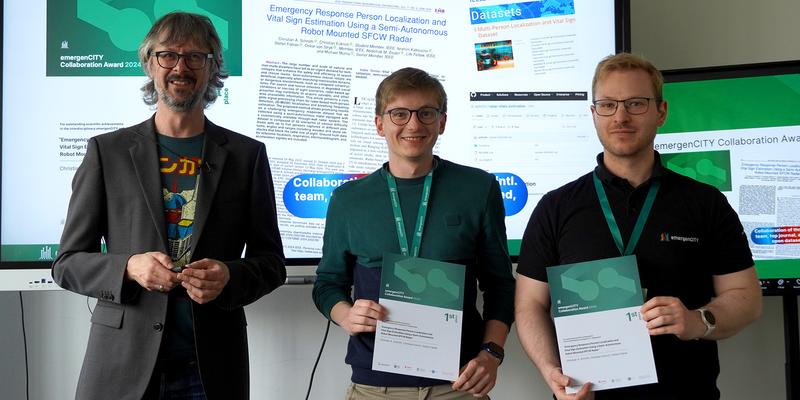A health bracelet that tracks blood pressure and glucose levels without ever needing to be recharged or sensors on honeybees that help us understand how they interact with their environment – the ideas for new Internet of Things (IoT) applications, that make our lives safer, more convenient, or simply provide fascinating insights, are almost endless. The devices at the heart of the future Internet of Things are invisible, intelligent, durable and maintenance-free. However, despite significant developments over the past two decades, there is still one limiting obstacle: the battery. Not only does it restrict the lifetime of devices – in a world with trillions of IoT devices, replacing dead batteries is expensive and risks an environmental catastrophe.
Hence, the latest ideas focus on batteryless, energy-harvesting systems that are set to revolutionize the Internet of Things and make it more sustainable in the future. Instead of batteries storing chemical energy, capacitors are employed to harvest energy from the environment. emergenCITY-PI Marco Zimmerling is co-author of the article “The Internet of Batteryless Things” in the Communications of the ACM magazine, which thoroughly explores this development. In the article, the scientists not only provide an overview of the progress of the the last decade, but also discuss future developments necessary for a sustainable and efficient IoT infrastructure.
The system that can be deployed everywhere without the need for batteries poses some challenges. The harvested energy is highly variable and unpredictable, and the capacitors are small, which means that energy failures occur frequently. Thus, IoT devices operate only when energy is available, requiring an entirely new approach to energy-efficient and intermittent computing. Currently, the field is at a stage where a big leap is still needed for the technology to gain widespread adoption. In the article, the authors explain how the batteryless IoT future can succeed.



